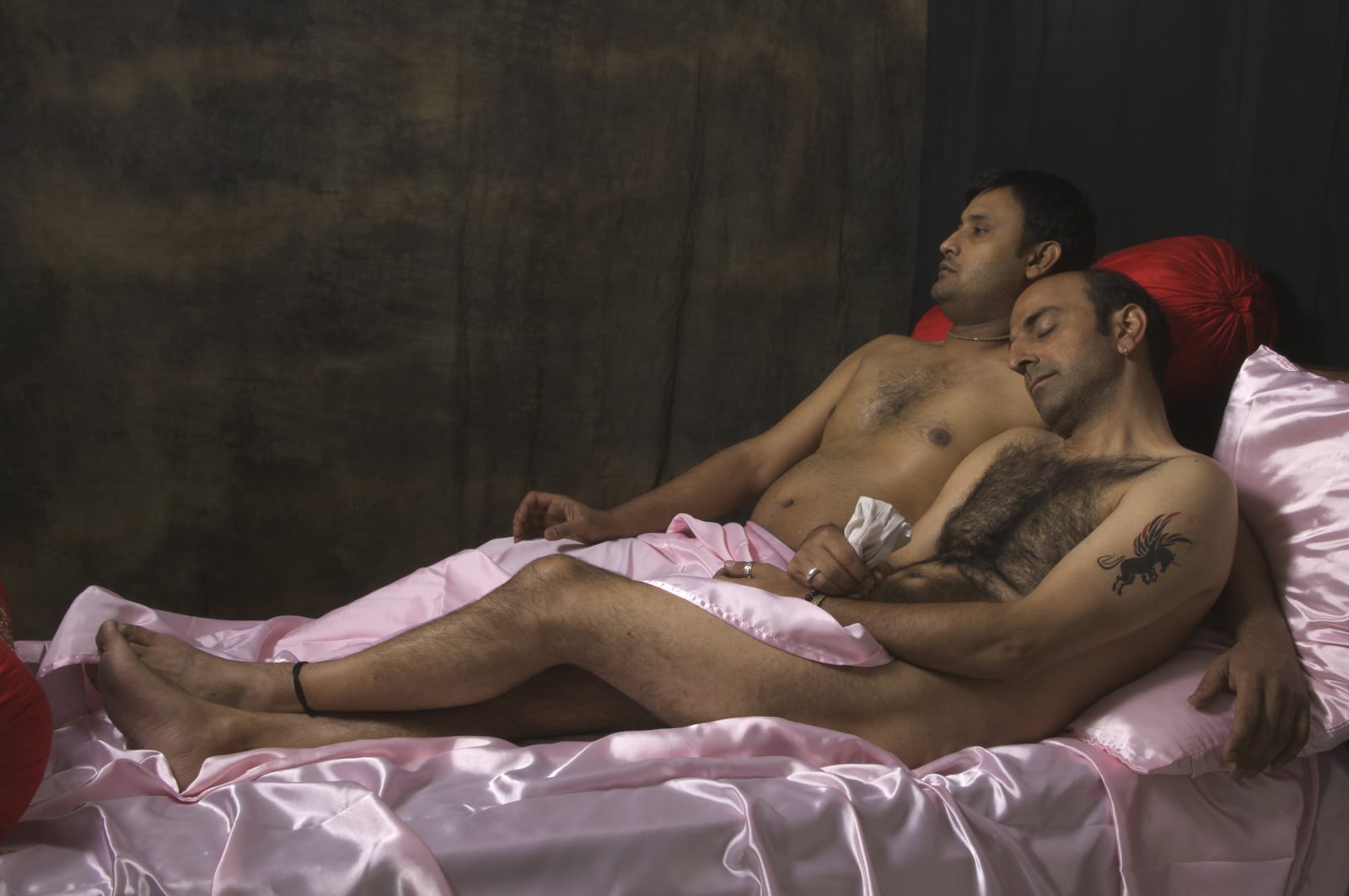
Sunil Gupta
Untitled #8 from the series The New Pre-Raphaelites, 2008
Archival inkjet print
Print: 70.9 x 106.7 cm
27 7/8 x 42 in
Paper: 75.9 x 111.8 cm
29 7/8 x 44 in
27 7/8 x 42 in
Paper: 75.9 x 111.8 cm
29 7/8 x 44 in